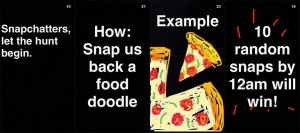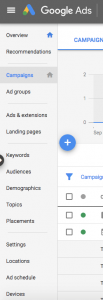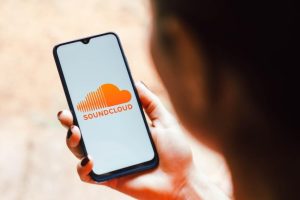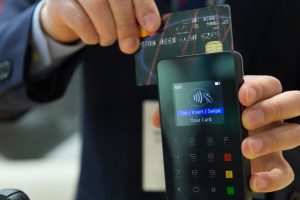Once upon a time, in a galaxy far away, marketing entailed promoting your business in a TV commercial or magazine ad, then waiting for the phone to ring. Nowadays, in the age of inbound marketing and studying analytics, people are choosing to do extensive research prior to making a purchase. And with a market that’s saturated with competitors, leads and customers are now seeking out experiences when interacting with businesses.
This is where experiential marketing comes in. And done effectively, it can help keep your target audience engaged as you build relationships with them. But what does it entail? And what are its specific benefits?
What is Experiential Marketing?
Experiential marketing refers to strategies where a business gets their audience to participate in real-life events. Think of in-store experiences, expos, conferences, trade shows, giving out samples, and anything else that requires people to touch, feel, smell, and otherwise experience what you have to offer.
While experiential marketing typically occurs in face-to-face settings, a certain worldwide pandemic has made it standard to move most events online; so businesses have had to get creative to keep audiences engaged via a computer screen. While this can be challenging, it’s doable to a certain degree.
Within an email marketing context, this can include in-depth quizzes, enrolling in online workshops, or submitting relatable stories that are relevant to your product or services. The key is to evoke their emotions in a way that simply reading about your business alone would rarely (if ever) do.
Why You Need Experiential Marketing: 5 Benefits
There are several benefits to developing experiential marketing campaigns — and all of them have the end-result of developing connections with your brand and building trust. Specifically this type of marketing:
1. Promotes Your Brand
Experiential marketing is an effective way of increasing brand awareness. When your experiential marketing campaigns become wide-known (even if it’s only within your niche industry), people immediately recognize your brand.
2. Provides Value
Whenever a consumer engages with your brand within an experiential marketing campaign, they are getting something tangible out of it — a product sample, a great experience, a memorable photo or video, a story to tell, an emotional connection. You are giving them something to write home about. It’s not the same thing to see an ad for dance lessons or cooking classes than to get to participate in a choreography or to actually taste a meal. And within email marketing, you can guide your audience through the process through online tutorials, Zoom calls, and webinars.
3. Engages Audience
Engaging your audience means that the experience will be memorable. You will forever be that business that provided an in-depth assessment of what they needed after they took a comprehensive quiz, or did a guided meditation, or required them to otherwise get involved in what you are offering. This will make you stand out from the sea of marketing emails crowding their inbox.
4. Promotes Social Sharing
Since experiential marketing brings novelty, people are more likely to tell their friends and family about it. You become known as the business that does XYZ. People reach out to you so that they can have first-hand experience with what you’re promoting. And since you can easily include blogs, videos, and images on social media profiles, you can also include an event-specific hashtag to promote shares and engagement on social media platforms.
5. Fosters Customer Loyalty
When people establish an emotional connection with any business, they are significantly more likely to become loyal to that brand — and this is key to long-term customer retention. Think about all the people who will purchase Apple products over anything else in the market, regardless of price or how long they have to wait to get it. They know they’ll get high-quality products. They know they’ll be easy to use. Some people may only do it because they want to look cool, but it doesn’t matter. When consumers perceive you to be what they need, they will continue to seek you out.
Types of Experiential Marketing
There are many ways to develop experiential marketing campaigns. Which one would work best for you depends on your buyer persona and what you’re trying to accomplish. Some popular examples include:
Product Demos
Product demos are an excellent way to lure leads who are in the bottom of the sales funnel. They’ve already done their research, they are aware of their options, and your product demo can provide them with that final push to find out how you are most definitely the solution to what they need. Let them try it out for themselves for free, and address all their questions and concerns so that they can see for themselves how much of an industry expert you really are.
Classes and Webinars
This one’s actually golden, since it’s become standard to attend online classes and webinars online in a post-apocalyptic world. Universities, gyms, cooking classes, and business conferences have all gone this route, and they’ve actually performed quite well. You can even increase your email marketing list if, in addition to adding an invitation in your marketing emails, you create a landing page using the event as a lead magnet — asking visitors for their email address in exchange for an enrollment in your class or webinar.
Unique Experiences
There have been plenty of companies that have become experts at providing one-of-a-kind experiences for their target audience. Think of M&M’s 2018 campaign to launch a new candy flavor: They had several pop-ups where people could try their proposed sweet iterations; themed cocktails, and take photos in the social media friendly backdrops. Within an email marketing setting, you could have people participate in a poll or survey and add photos using a specific hashtag for a chance to win [insert cool business-related item here].
Event Marketing
Everyone knows what a live event is, so let’s stick with ones that you can incorporate in an email marketing campaign. Depending on what you’re promoting, you could host online networking events, webinars, or livestream performances or keynote speeches.
Free Samples
Everyone loves free stuff. So send them something. New or updated product? Unique version of something that already exists? Or hey, you have extra inventory from a recent sale? Use these items to lure new customers, re-engage former ones, or to celebrate a person’s birthday.
Invitation-Only Events
People love to feel special. And invitation-only events are an excellent way of using lead segmentation to good use. You can host these types of events for events for people who fit a certain criteria — people matching a specific buyer persona, those who have made a recent purchase, or repeat customers.
How Email Marketing Improves Experiential Marketing
There are several reasons why email marketing should become a permanent fixture in the experiential marketing arena — even once we go back to in-person events:
Creates Awareness
Email marketing casts a wider net when it comes to promoting experiential marketing. While traditional experiential events require a person to be at the right location at the right time, email marketing lets you notify your target audience in advance — a well as to send reminders and ask for customer feedback.
Provides Direct Communications
One of the many benefits of email marketing is that your audience gets to read your messaging at a time that’s convenient to them. External distractions that can be encountered through other methods of marketing — such as pop-up ads or paywalls — are nonexistent within marketing emails. When done effectively, you have their undivided attention for several minutes.
Communications Can Be Automated
Marketing automation software makes it so much easier to handle repetitive tasks such as marketing emails. You can also set them up to include smart content, and/or to deploy based on preset user behaviors — such as first-time website visitors, blog subscribers, or return customers. This allows you to focus on your job while your email marketing platform nurtures your leads.
You Can Use Customer Data to Personalize Communications
There are many ways to gather customer information throughout your website — landing pages where they enter their own data, software that tracks the source of traffic, type of device, geographic location, number of times they visit your website, and previous purchases. All of this information is a goldmine you can use to provide communications that are specific to that user’s needs. You can use it for your Invitation-Only events, or to send them information regarding online events that would provide value to a person in their circumstances.
Examples of Experiential Marketing Campaigns
One of the best ways to gather ideas for your experiential marketing campaigns is to look at what other companies have done successfully, such as:
1. Disney
Disney provides guests and online visitors with MyDisneyExperience. The platform allows people to set many of their preferences: Book hotel rooms, purchase park tickets, select fast passes for their favorite rides, link their account to friends and family so that they can share reservation details and vacation photos, see real-time wait times for rides and shows, and enter their credit card information so that they can pay for park purchases by tapping their magic band instead of having to bring their wallet.
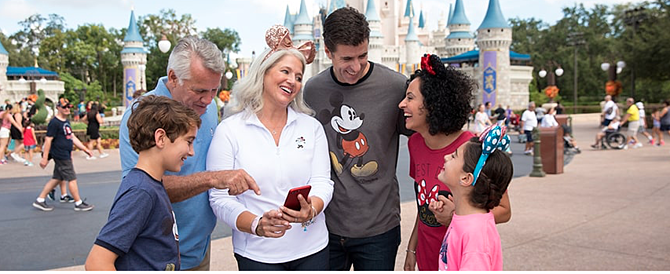
Source: My Disney Experience
2. Zappos
Zappos is a master at personalizing experiences. In addition to sending emails showcasing products based on previous purchases and notifying users when a favorite item is back in stock, they also go out of their way to show customers they care.
I will give you a personal example because, well, I’m writing this blog and I feel like it. I’m a marathon runner. I also have big feet and I over pronate. This makes it a challenge to find the perfect long-distance training shoes. Zappos knows this. So on two separate occasions — in two different years — they’ve shown a personal touch to let me know that, hey, they’re paying attention: They mailed me shoes overnight (without the extra expense of expedited shipping) because I had a race coming up. And on another occasion, they emailed me a modest store credit to help me find the perfect race shoes.
They didn’t owe me a credit. They just sent me one because I mentioned over the phone how hard it was to find shoes. Be like Zappos. Have your customers experience true customer care.
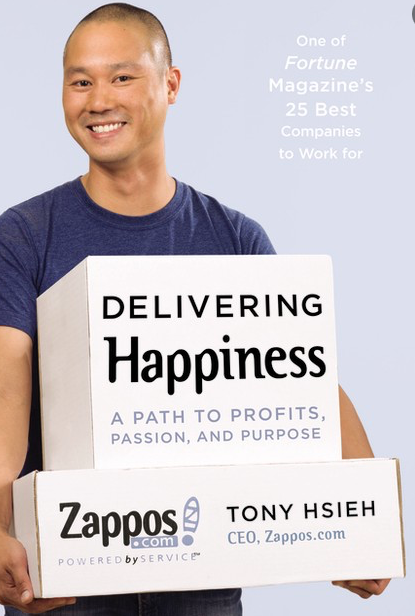
Source: Gabriel Omin, for Medium
3. Coca Cola
I’m not a fan of high-fructose corn syrup, but you have to give it to Coca Cola when it comes to experiential marketing. There’s a FIFA World Cup museum in Zurich, where the soda giant provided visitors with the experience of playing with footballer Xherdan Shaqiri. I don’t know who that is, but if you like football (the real kind), you probably do.
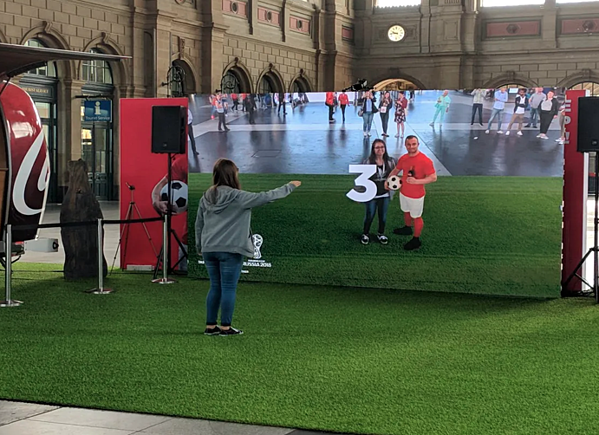
Source: Campaigns of the World
Anyway, you could pose for photos in front of a green screen in an augmented reality (AR) setup that would rival low-budget movies everywhere. It may not have made visitors World Cup champions, but for sure it gave them a memorable, fun experience.
As you can see, you’ll have to get creative to incorporate this type of marketing into your marketing emails. But done effectively, you’ll have customers coming back for more.
Digital & Social Articles on Business 2 Community
(34)
Report Post
